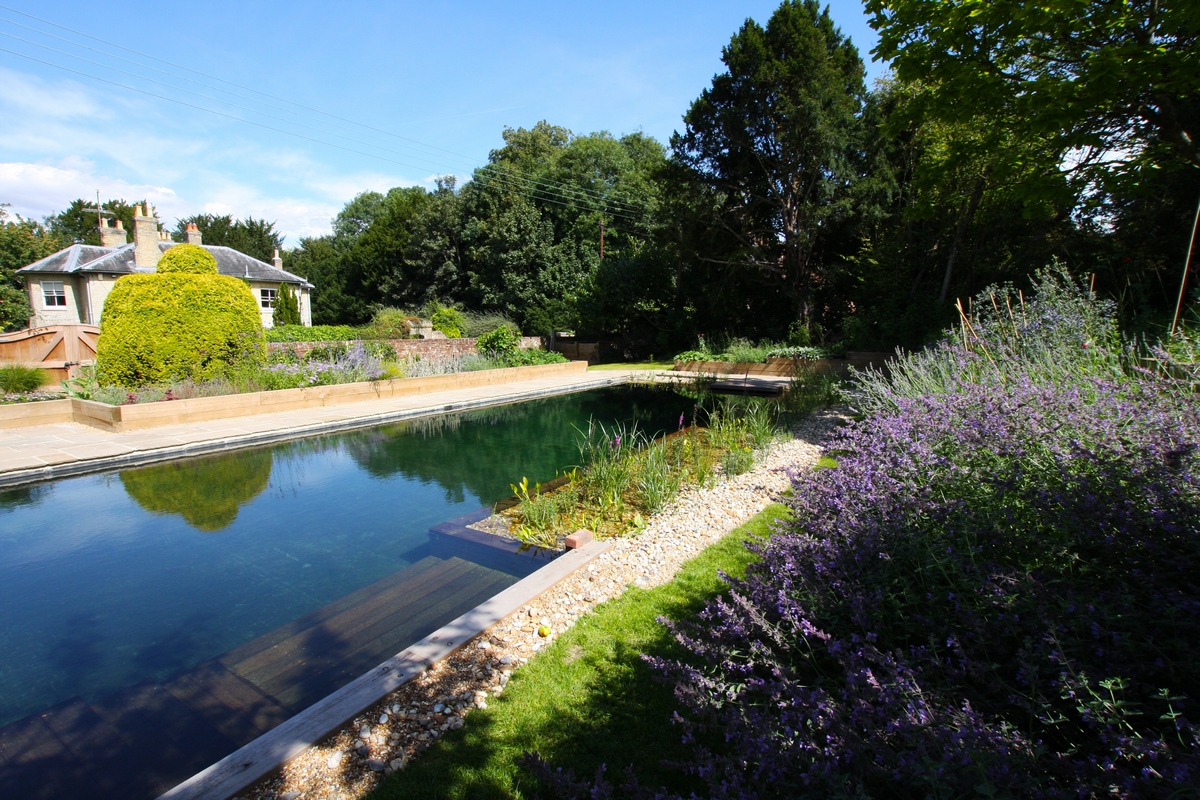The Main Features of a Green Home
Green, sustainable building is conquering the world of architecture. It’s no wonder - building homes that are environmentally responsible and resource-efficient is rewarding on many levels. By building homes that are “green” you’re minimizing impact on both people’s health and the natural environment.

Image Credit: GJ Gardner
What are the main characteristics of a green home? To begin with, it is a building that efficiently uses natural resources and alternative sources of energy. It is a home that preserves the health of its occupants and helps in reducing pollution, waste and environmental degradation.
Let’s see what every green home must include in order to be a true, eco-friendly building.
Materials used in green building
Whenever we build, there has to be some sort of environmental cost. We often use natural materials and expendable energy resources uncontrollably. People think that using only wood, for example, will immediately make their house or lodge sustainable, but this is far from the truth.
The first and the most important rule when it comes to materials is: always use sustainable, local materials that are recycled or recyclable. This often means reusing existing materials and reducing waste. Timber can be used in green building too, if it’s locally and sustainably sourced and FSC-certified.
Also, the more processed the material is, the more energy was spent (embodied) to produce it. Therefore, green homes should be constructed from materials that have low embodied energy. Alternative forms of concrete are always a better option than conventional concrete, the production of which is responsible for high carbon emissions.
Sometimes, even materials we consider “junk” can be used in the construction of a green home: tires, bottles, cans, materials left over from the pre-existing building, etc. Wood from fast growing trees (instead of hardwood), recycled stone, rammed earth, straw bale and mud brick are the traditional materials that most builders turn to nowadays.
Clever design for an energy efficient home
The design is another important factor in making a building “green”. Sustainable homes are smartly built – which means they are designed to last long, to fit the climate and use all the benefits their environment provides. Passive design almost always involves positioning homes in relation to the sun and shade to reduce the use of electricity. This can be done is several ways: by spatial zoning, orientation, ventilation, insulation, shading, glazing and using thermal mass.
The house should be placed on a ground that receives a lot of sunlight in the winter, with large windows facing the sun and collecting “passive” solar power. Prevention of heat accumulation in the summer can be obtained by strategically placing trees, roof overhangs and horizontal slats. A well-designed floor plan can only help in achieving energy efficiency. Also, adding solar panels can save energy even more and make a building truly eco-friendly.
Insulation
Adding good insulation is a crucial thing in the building process - it is the most effective addition you can make to your home. Insulation, shading and waterproofing can save up to an amazing 45 percent on monthly energy bills.There are lots of insulation options. However, the top sustainable insulation materials are sheep wool, cotton, aerogel, polystyrene and icynene.
We know that polystyrene doesn’t sound very “green”, but it’s an outstanding insulator that can be recycled. It brings structural integrity to walls and provides excellent thermal resistance. Wool fibers are perhaps the healthiest and most fire resistant insulation option.
Water management
A sustainable building must include water saving in addition to energy saving. An excellent way of saving water is rainwater harvesting – collection, filtration and use of rainwater. This reduces the need for main water supplies and can lead to significant economic and environmental benefits. Rainwater is collected in leak-proof tanks and can be used for many purposes.

Image Credit: Wikimedia
Swimming pools are big energy spenders and a real luxury in water scarce areas. Therefore, modern green homes feature increasingly popular natural pools and ponds. Water in such pools and ponds is cleaned with the help of plants and bacteria and no chemicals are used in the process.
One of the steps in being a responsible water consumer includes using products and appliances that save water significantly. Your home must be equipped with adequate plumbing products, sanitary ware and white goods that use less water than others.


0 Comments
Recommended Comments
There are no comments to display.